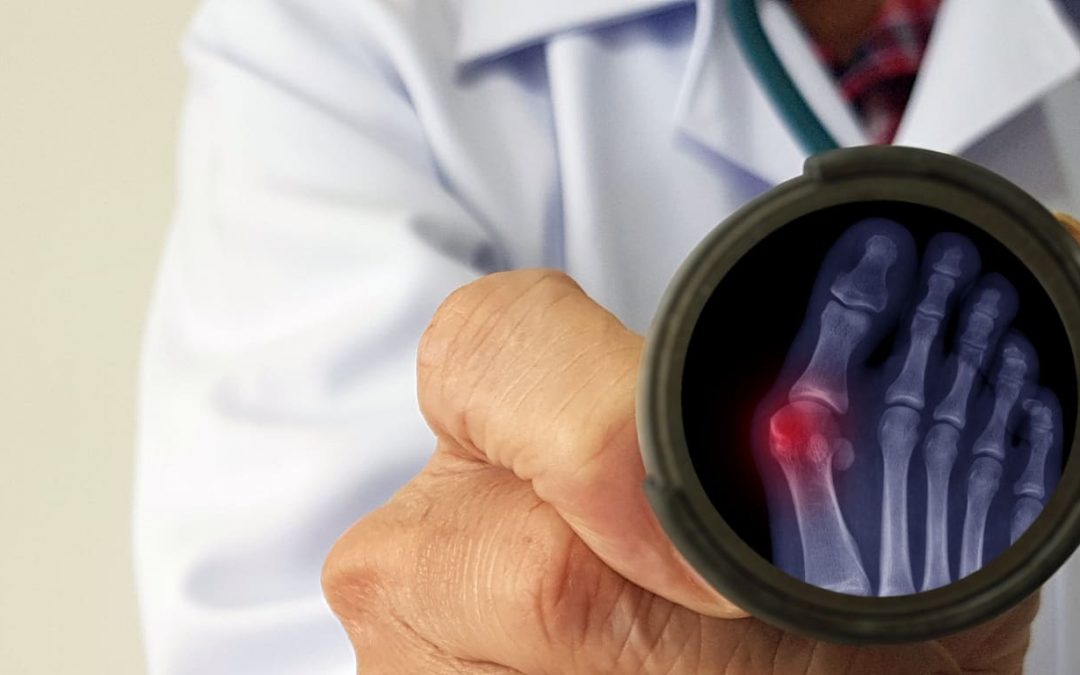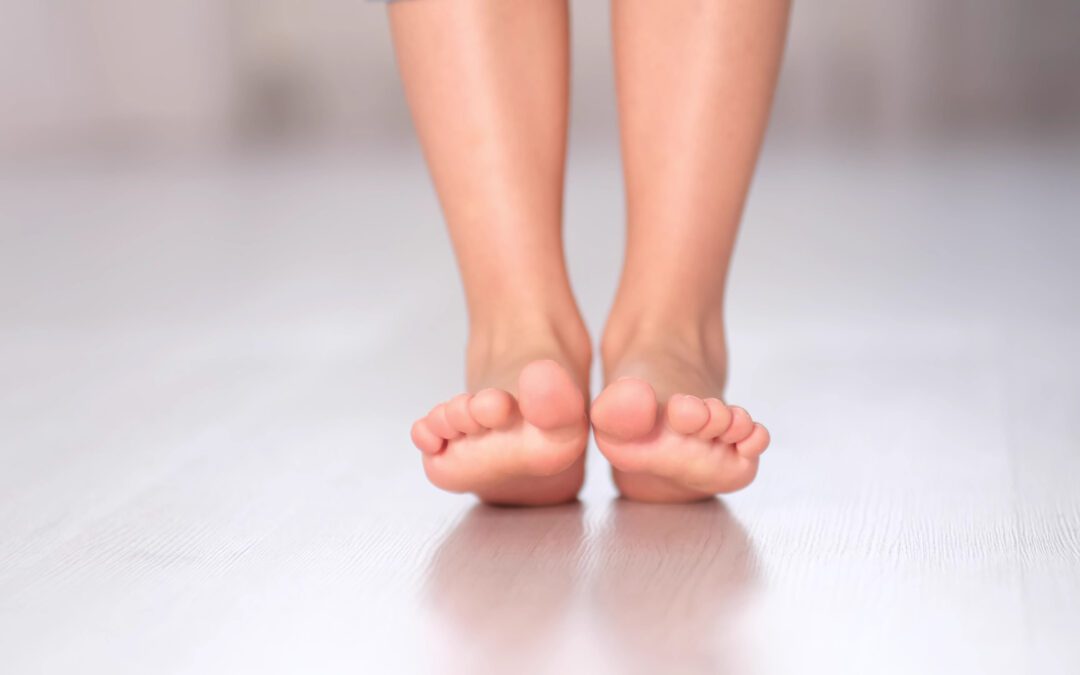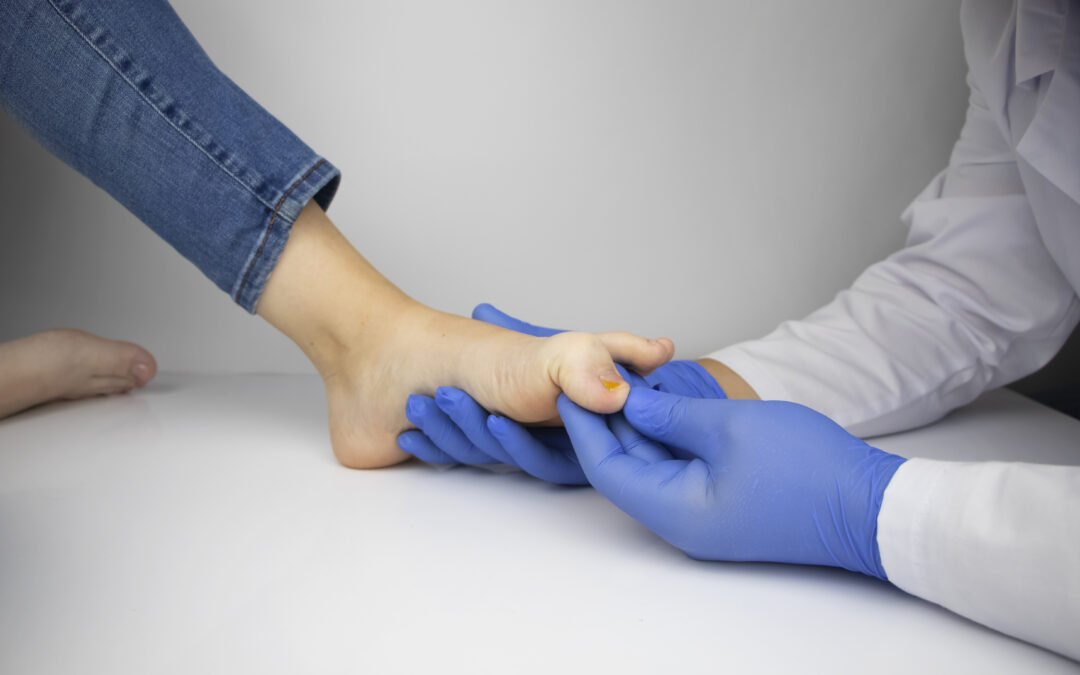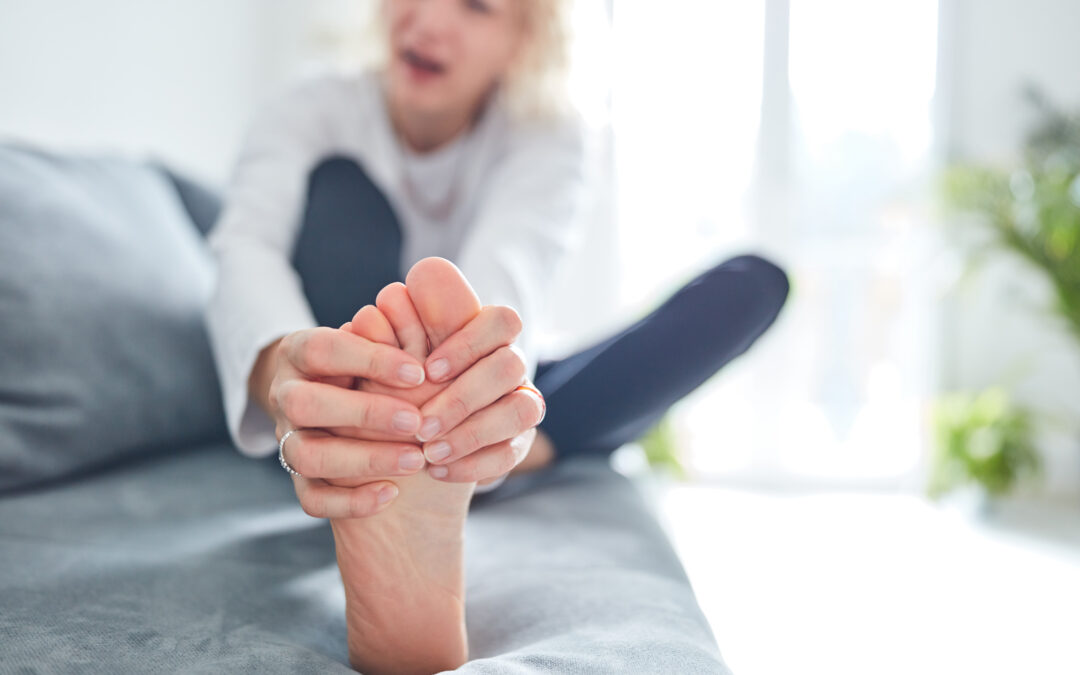One develops a bunion between the foot and the big toe. It is a painful condition, which results in a bony bump explicitly formed at the joint. The big toes of most patients tend to lean inward, thus allowing your big toe to become more pronounced and eventually leading to an inflamed toe condition. It must be remembered that it takes years for bunions to form. In the beginning there isn’t much pain, but over time can become quite harrowing. If you have developed painful bunions and are not able to bear the pain, which is causing a hindrance to walk, you should consult with one of our doctors about bunion surgery in Baltimore.
One such invasive technique is MIS bunion surgery, which is also known as Minimally Invasive Surgery. MIS Bunion surgery is one of the preferred methods since very little intervention is required. This surgery does not need any long incision. Rather, this surgery can be carried out with only a few incisions. The smaller incision is performed to remove any excess bones. For this surgery, only one or two stitches are required.
One of the main benefits of MIS bunion surgery is the quick recovery time of the patients. They can often walk easily on their feet within a few days after the procedure is conducted. During the recovery process, the patient usually experiences very little pain compared to other procedures. Also, the scarring from the surgical operation is minimal because small incisions need fewer stitches.
Irrespective of the type of surgical technique that you choose, it is essential for you to understand that there is a possibility of regrowth of the bunions. You may still experience pain in your joints, particularly when you have arthritis. In severe cases, and if appropriate care is not taken, there is a chance of losing your toe’s mobility. Therefore, carefully following post-surgery instructions is essential for increasing your chances for a full recovery.
How to Improve Your Chances for a Full Recovery After Bunion Surgery
- Do not self-medicate. Instead, consult a doctor in case of any complications and closely follow their advice.
- Follow the doctors recommendations for prescribed drugs if you experience pain or inflammation
- If advised, take advantage of any physical activity for regaining the joint mobility
- Use wide shoes with plenty of room
- Follow the doctor’s recommendation and wear insoles accordingly
- Consider adhering to a postoperative diet that includes foods such as berries, oily fish, olive oil, garlic, and ginger.
- If you find your bunions are returning, you must consult your physician. There are various types of bunions and the doctor will help you understand the options for next steps.
Contact our bunion surgeons in Baltimore to know more and discuss if MIS bunion surgery is right for your condition.
Time to See a Podiatrist?
If you have any of the issues described above, it’s time to consult an expert. Connect with Podiatry Associates for an evaluation. All of our doctors are board certified/qualified and we’re dedicated to preserving your foot health.





